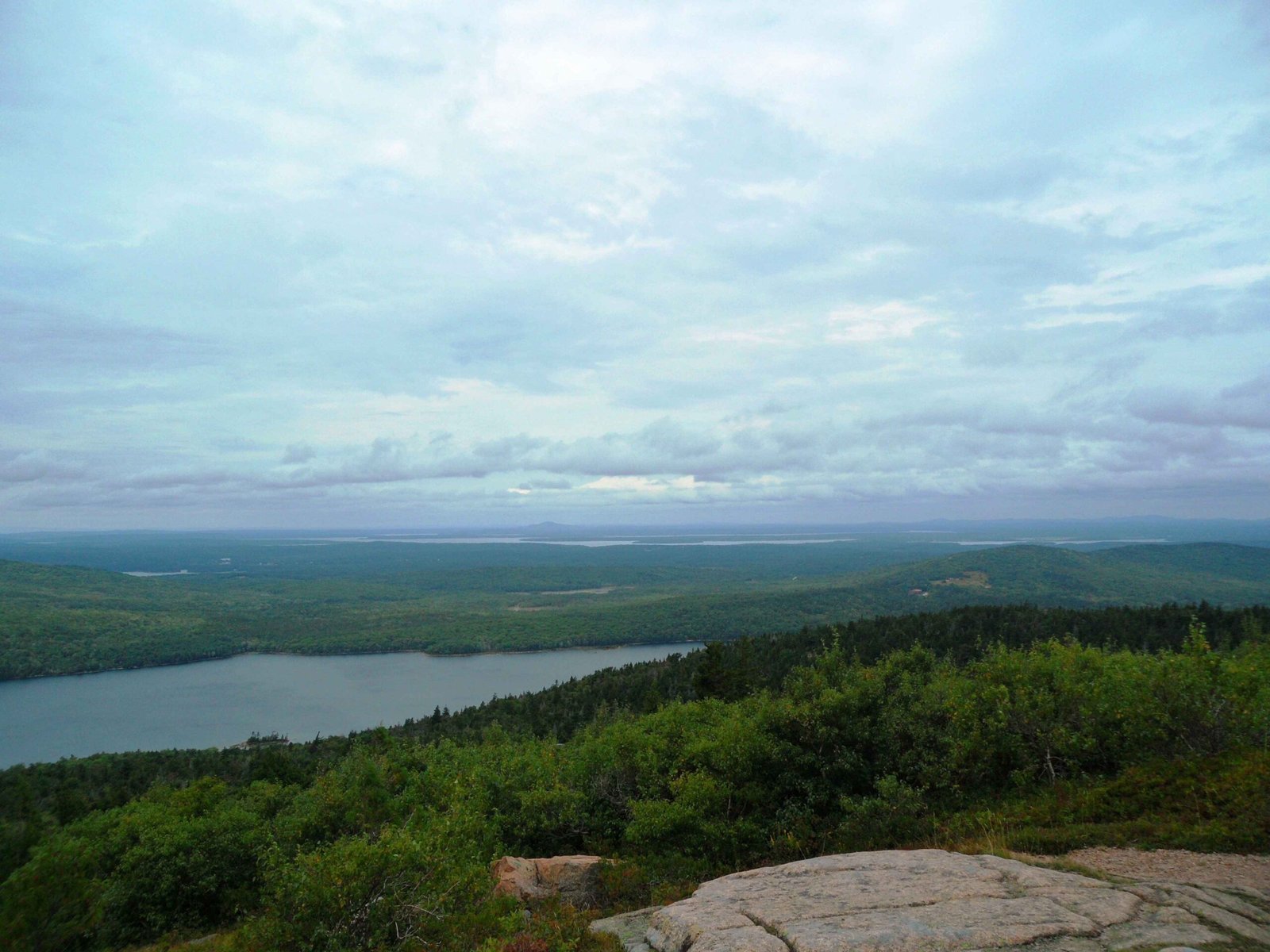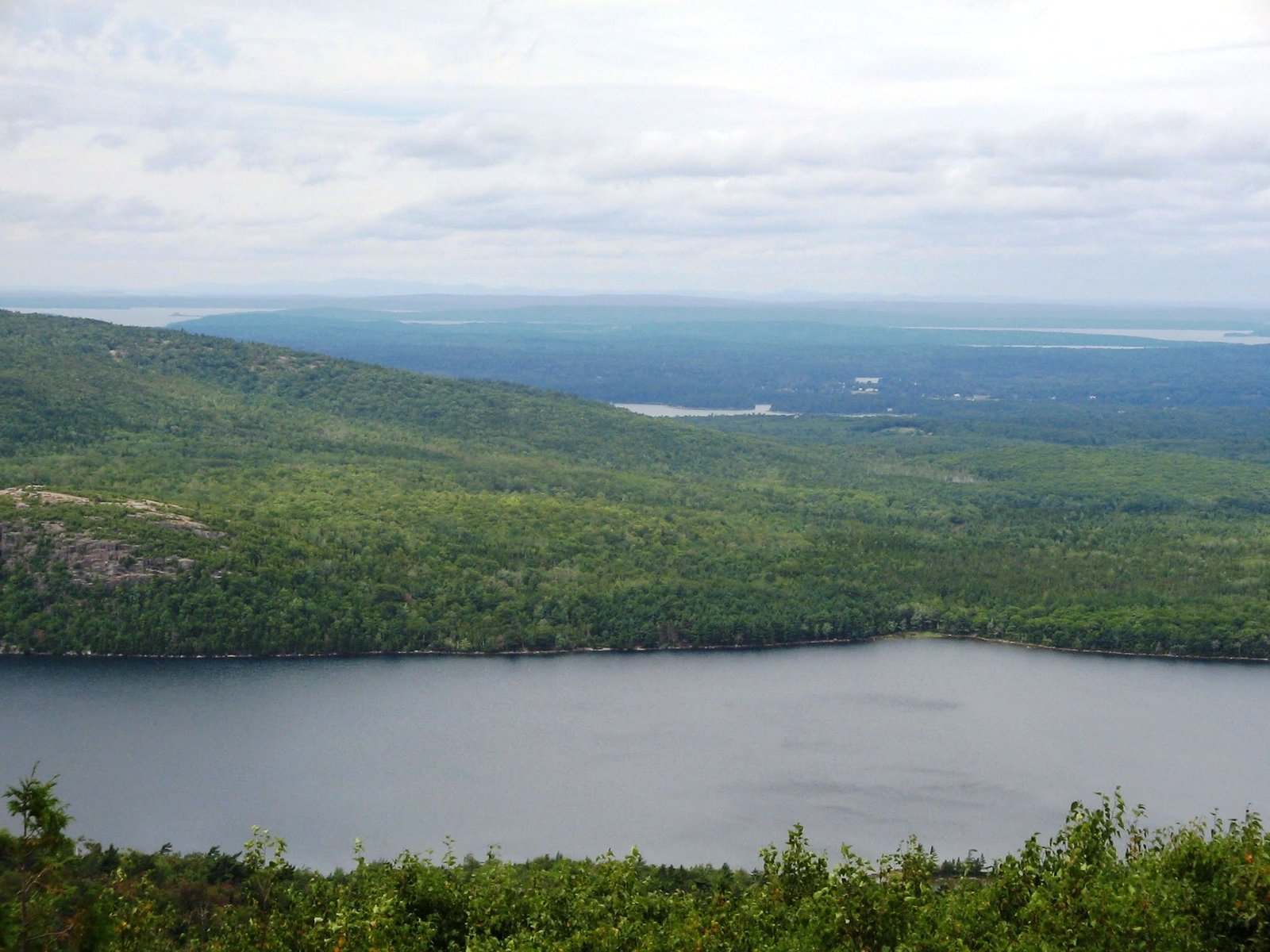Acadia National Park faces significant challenges due to climate change-induced insect damage. Rising temperatures and altered precipitation patterns have led to increased insect infestations, particularly invasive species. These pests are causing widespread damage to native tree populations, altering forest ecosystems, and impacting visitor experiences. Park management is adapting strategies to address these issues while educating the public about the ongoing changes.
What Are the Primary Insect Threats to Acadia National Park?

Acadia National Park is grappling with several insect threats exacerbated by climate change:
- Hemlock Woolly Adelgid (Adelges tsugae)
- Emerald Ash Borer
- Gypsy Moth
- Red Pine Scale (Matsucoccus matsumurae)
These invasive species are causing significant damage to the park’s forest ecosystems. The hemlock woolly adelgid, first discovered in the park in 2022, poses a particular threat to Eastern hemlock trees. The red pine scale has led to large areas of dead red pine trees, dramatically altering the forest composition.
How Is Climate Change Amplifying Insect Damage in Acadia?

Climate change is intensifying insect damage in Acadia National Park through several mechanisms:
- Extended Growing Seasons: Warmer temperatures allow insects to be active for longer periods, increasing their reproductive cycles and overall population sizes.
- Expanded Ranges: As temperatures rise, insects can survive in areas that were previously too cold, allowing them to spread into new territories.
- Weakened Host Trees: Climate-induced stress on trees, such as drought or heat stress, makes them more susceptible to insect infestations.
- Altered Synchronization: Changes in seasonal patterns can disrupt the timing between insect life cycles and their natural predators, potentially leading to unchecked insect population growth.
What Are the Consequences of Insect Damage on Acadia’s Ecosystems?
The insect damage in Acadia National Park is having far-reaching consequences on its ecosystems:
-
Forest Composition Changes: As certain tree species are disproportionately affected by insect damage, the overall composition of the forest is changing. This can lead to shifts in habitat availability for wildlife and alterations in ecosystem services.
-
Nutrient Cycling Disruption: Large-scale tree death can impact nutrient cycling in the forest, potentially affecting soil health and the ability of the ecosystem to support diverse plant life.
-
Increased Fire Risk: Dead and dying trees resulting from insect infestations can increase the risk of forest fires, particularly during dry periods.
-
Biodiversity Loss: As keystone tree species are affected, the animals and other plants that depend on them may also decline, leading to a cascade of biodiversity loss.
How Is Acadia National Park Responding to Climate Change-Induced Insect Damage?
Acadia National Park is implementing several strategies to address the challenges posed by climate change-induced insect damage:
-
Adaptive Management: Park managers are shifting from traditional preservation methods to more flexible, adaptive strategies that can respond to changing conditions.
-
Monitoring Programs: Regular surveys and monitoring efforts help detect new invasive species early and track the spread of existing pests.
-
Hazard Mitigation: Dead trees that pose safety risks to visitors are removed, while non-hazardous dead trees are left to decompose naturally, providing habitat and returning nutrients to the soil.
-
Public Education: The park offers educational programs to inform visitors about climate change impacts and the importance of protecting native ecosystems.
-
Collaboration: Park managers work with regional partners and researchers to share information and develop coordinated response strategies.
What Can Visitors Learn About Climate Change and Insect Damage in Acadia?
Visitors to Acadia National Park have several opportunities to learn about climate change and insect damage:
-
Educational Programs: The park offers various programs for both children and adults that cover topics related to climate change, invasive species, and ecosystem health.
-
Interpretive Signage: Throughout the park, visitors can find informational signs explaining the impacts of climate change and insect damage on specific areas or species.
-
Ranger-Led Tours: While specific details aren’t provided, it’s likely that park rangers incorporate information about climate change and insect damage into their guided tours and talks.
-
Visitor Center Exhibits: The park’s visitor centers likely feature exhibits on current environmental challenges, including climate change and invasive species.
How Are Invasive Plant Species Contributing to the Problem?
While the focus is on insect damage, invasive plant species are also a significant concern in Acadia National Park:
- Nearly 25% of plant species in the park are non-native, with a subset being invasive.
- Climate change is giving these invasive plants a competitive advantage by allowing them to grow faster in spring and have longer growing seasons in fall.
- This increased growth puts additional stress on native plant species, potentially making them more susceptible to insect damage.
The park employs a dedicated crew that surveys 100 different sites annually for invasive plants. Additionally, Maine maintains a \”do not sell list\” and a \”watch list\” to prevent the spread of invasive plant species.
What Are the Long-Term Implications for Acadia National Park?
The long-term implications of climate change-induced insect damage for Acadia National Park are significant:
-
Ecosystem Transformation: Continued insect damage could lead to major shifts in the park’s ecosystems, potentially altering its iconic landscapes and biodiversity.
-
Visitor Experience Changes: As the park’s natural features change, visitor experiences may be impacted, potentially affecting tourism and the local economy.
-
Management Challenges: Park managers will need to continually adapt their strategies to address evolving threats and changing conditions.
-
Research Opportunities: The park may become an important site for studying climate change impacts and developing conservation strategies for protected areas.
-
Public Awareness: As visitors witness the changes in the park, it may serve as a powerful educational tool about the real-world impacts of climate change.
In conclusion, Acadia National Park faces significant challenges from climate change-induced insect damage. However, through adaptive management, ongoing research, and public education, the park is working to mitigate these impacts and preserve its unique ecosystems for future generations.
